Ending Planned Obsolescence
Ninety-four percent of our survey respondents want products that last for decades not years. Are we entering a new age of product design?
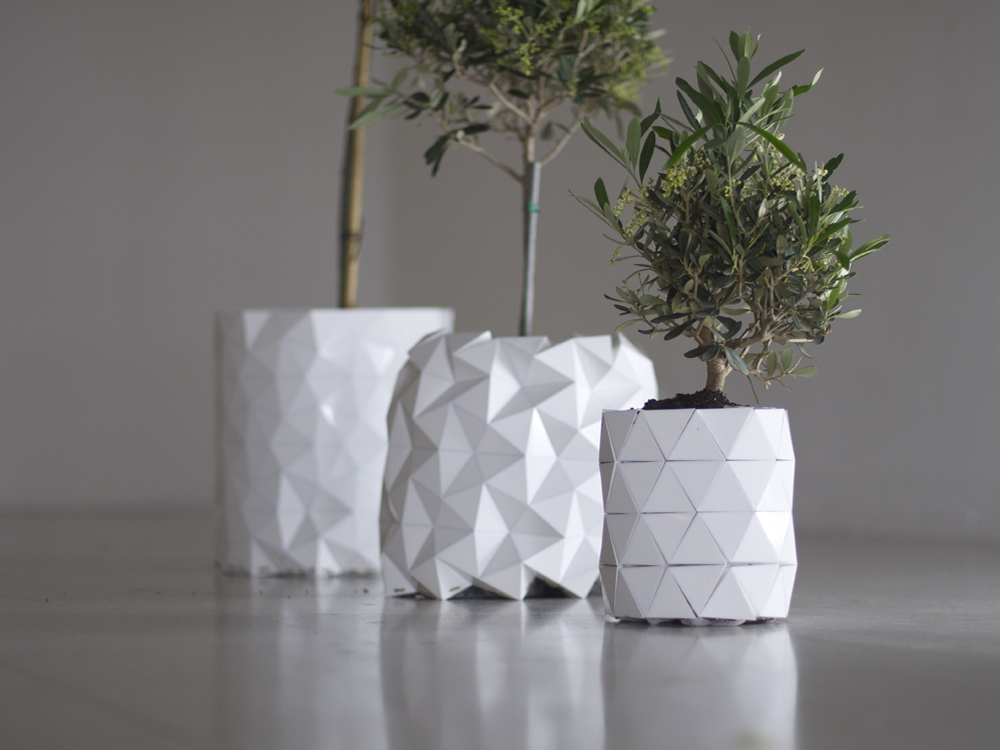
How much technology have you thrown away in your life? Let’s be honest here, you’ve probably chucked at least one smartphone or laptop away for an upgrade, or at least left a shell lying to dust under the bed. Manufacturers wanted consumers to buy their latest product, and there’s been strong demand for new features and upgrades resulting in a win-win market driven by cheap, disposable goods.
Today, however, consumers are far more aware of environmental issues. In our recent survey we found that 94% want products that last for decades not years. Partly it’s down to greater awareness. Various media outlets are voicing concerns about environmental issues and educating consumers on the damage electronic products like these – as well as a great number of others – do to the ecosystem.
But it’s also because today’s 18-35 year olds are experiencing product overload. They’re tired of wardrobes full of clothes they never wear and gadgets they don’t need. Put simply, they want less, but of a much higher quality.
Light Bulb Idea
A new generation of designers – the creative middlemen in this process – are also sick of seeing product go to landfill (albeit, perhaps for more selfish reasons). In response they’re future- proofing their designs so that they’re environmentally friendly, functional and, most importantly perhaps, damn good looking.
Take Jake Dyson, son of prolific inventor James. The London- based designer has taken up the challenge of redesigning not only a common household item but also one of planned obsolescence’s most prolific enemies: the light bulb.
“I’m not interested in selling lights that last for several years,” explains Dyson, stating his mission. “I want to sell lights that last for 40 years.” (Typical lights have half that shelf life). His solution, The CSYS desk light, last longer thanks to LED downlights and an effective cooling system.
“The overall life of the LED is reduced if they’re not thermally managed correctly,” says Dyson. “We look at and analyse lighting, and find ways to dramatically improve them with efficiency, engineering and innovation. I think the performance and cooling in the products we’ve created is outstanding.”
The lamp also won’t ‘droop’ after a few months – something that happens due to springs and pivots that experience a lot of wear and tear – due to a clever system, inspired by drawing boards, and a good choice of materials.
Dyson’s long-term hope is that the technology him and his team have created will be an inspiration to others in the industry to follow by example and create high quality, long-lasting products.
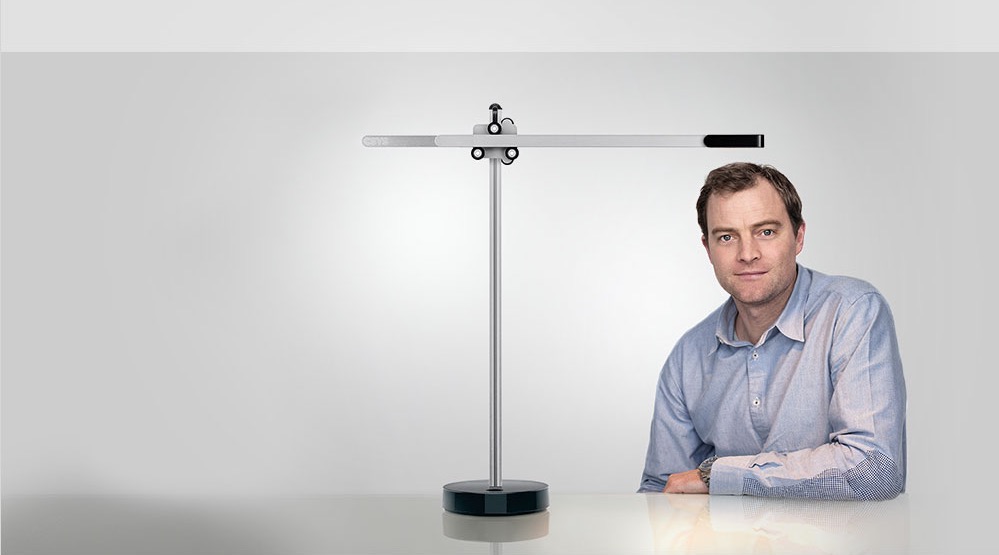
The Bigger Picture
To some designing a new lamp might not seem like a big deal, but for Slow Design advocates almost every product category needs to be taken apart and rethought. “From where I sit now the whole world needs to be redesigned,” says Head of SustainRCA Clare Brass, whose task it is to help educate students working on everything from automotive design to textiles.
For her, the motivation for designers embracing sustainability is clear. “At a certain point you realise you’re just working at the service of landfill,” she explains. “You’re just working to help your clients to make more money by selling things that people are going to buy and then throw away.”
Slow Design, by contrast, offers a potential way out for designers, consumers and manufacturers eager to address interconnected global issues, like rising CO2 levels and deforestation as well as promote positive cultural and social projects.
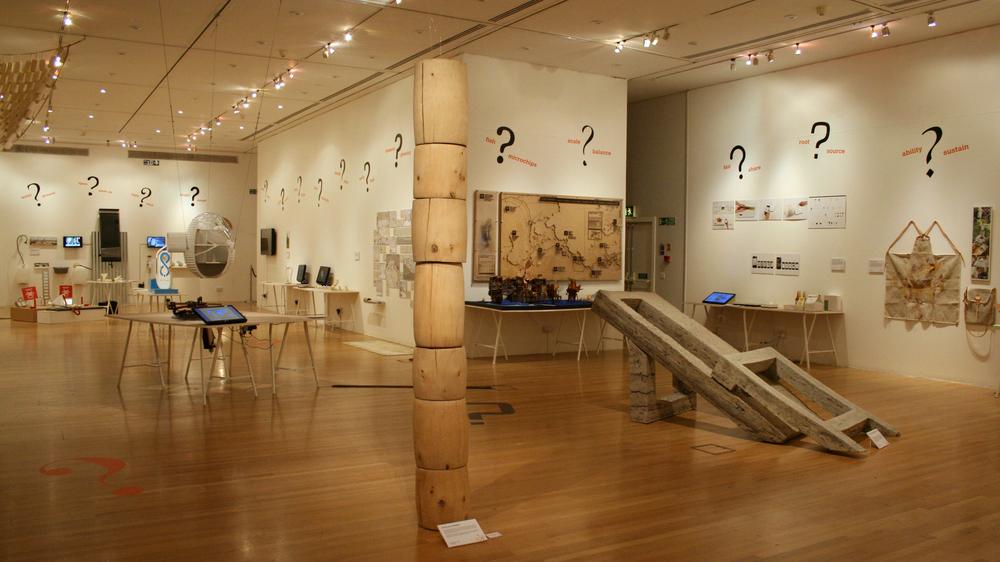
You’re just working to help your clients to make more money by selling things that people are going to buy and then throw away. Clare Brass, Head of SustainRCA
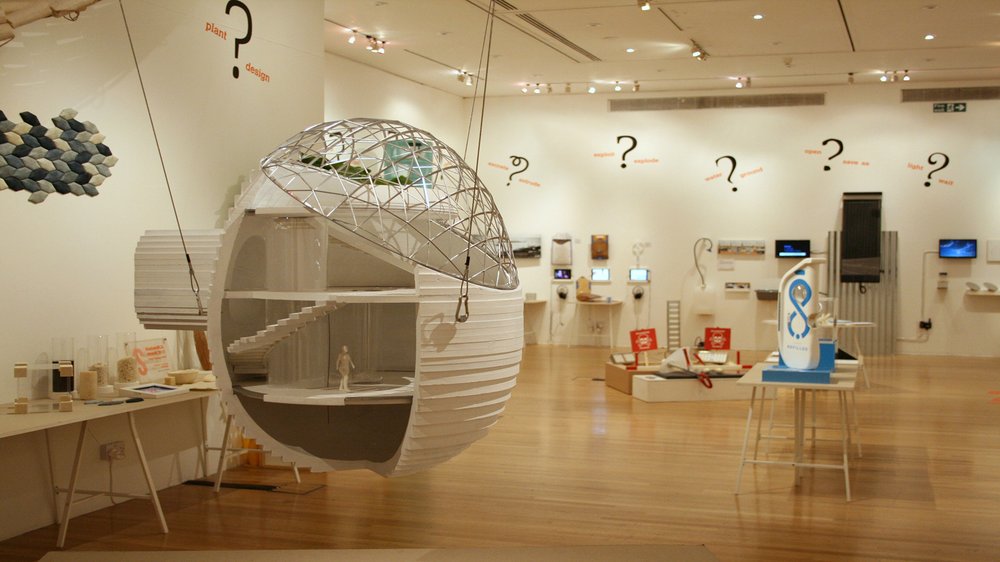
In the paper The Slow Design Principles Carolyn F. Strauss and Alastair Faud-Luke succinctly outline the philosophy’s benefits: “Slow Design is a democratic and holistic design approach for creating appropriately tailored solutions for the long-term well being of people and the planet.”
It seems they’re not alone in their belief. Pressure is also coming from the EU. The Consultative Commission on Industrial Change’s mission statement is to promote ‘industrial ecology, ecodesign, the functional economy and the circular economy’ with a view to ending planned obsolescence and reducing the economic area’s negative environmental impact.
Recently, the French government also made it a legal requirement for manufacturers to declare how long their products will last, while making it a standard requirement that all faulty products would be either replaced or repaired for free within two years of purchase.
Young, Fresh & Green
The truth, however, is most of the action is at a grassroots level. Real effective policy changes across the entire EU and USA will take time, and most manufacturers and designers, be they an established corporation or a fledgling startup, are taking matters into their own hands.
One such inspirational story is the simple, but highly effective, redesign of the humble plant pot. RCA graduates Bike and Begum Ayaskan have created a product that evolves, as a plant grows, so individual pots no longer have to be thrown away.
The design uses an origami structure that allows seedlings to push contours out and expand the pot naturally. Project like these, though small in scale, drive innovative and experimentation at corporations like Nissan to Hitachi who actively hunt down young graduates highly in tune with environmental issues. “They want ideas, creativity, freshness and positivity,” says Brass. “We’re going to have to employ a million different product solutions, and they will depend on who the product is for, what the technology is and how fast it’s changing.”
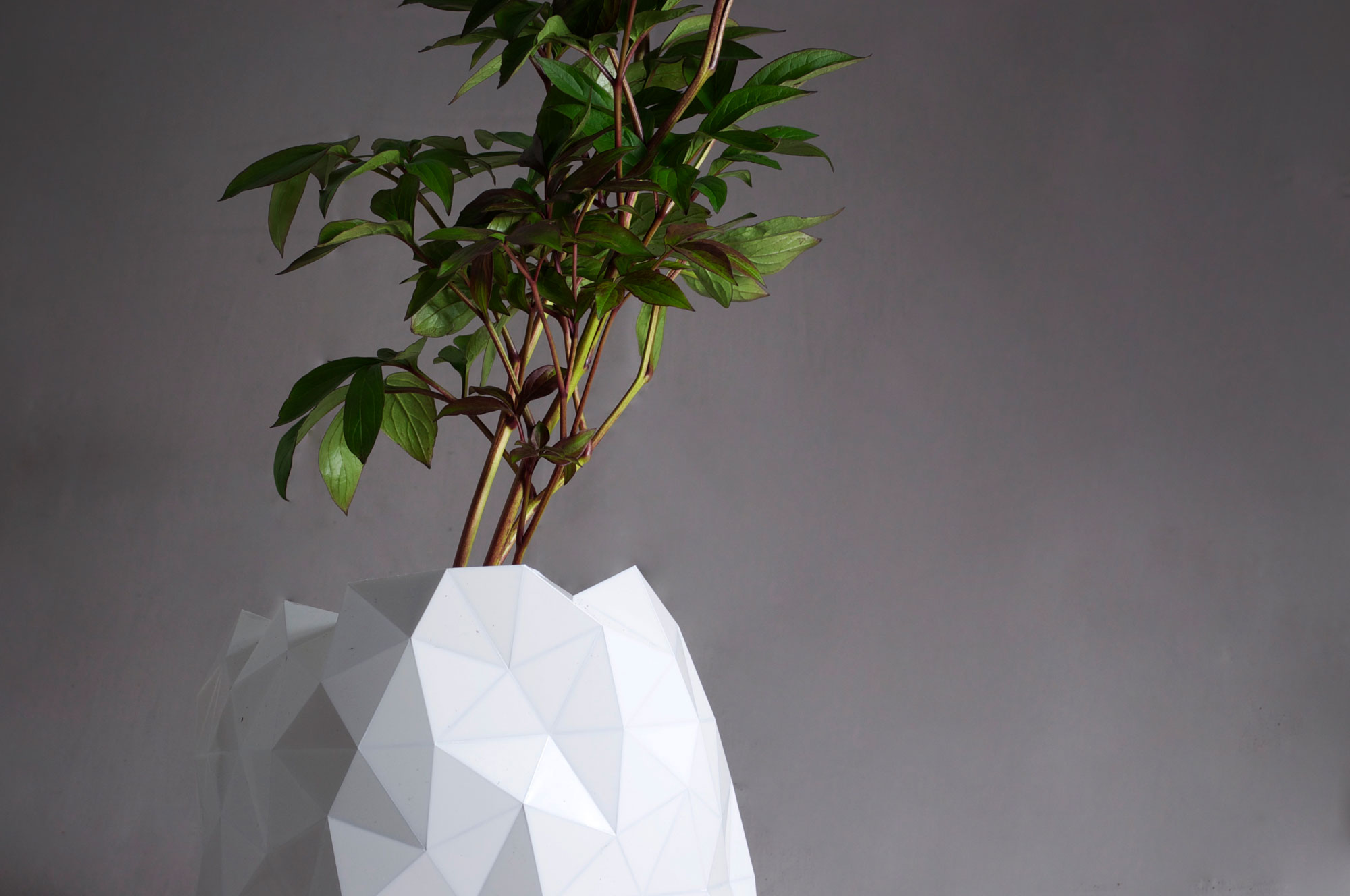
Perhaps the most famous of these success stories is Google and Dave Hakkens’ (read our Profile on him in the link below) collaboration on Project Ara. The project, Phonebloks, originally started out as a video made in Hakkens’ final year of university, but the idea for a modular smartphone frame, with components you can add, replace or takeaway, touched a nerve – it now has over 21 million hits on Youtube.
Post Project Ara, Hakkens’ is looking to address wider electronic waste. “The future is that all of our devices are connected to the internet,” explains Hakkens. “A toaster, a coffee machine, a television. What if, in any of these machines, the Wi-Fi chip breaks? Do we throw away the entire thing? What if we have one Wi-Fi chip and it works on everything?”


Professor Michael Braungart, a former Greenpeace activist and the author of Cradle to Cradle: Remaking the Way We Make Things, has a more sideways approach to the matter. “Instead of trying to think of sustainable products or products that are going to last, like a washing machine that lasts a hundred years, we need to educate consumers,” he explains.
His overarching philosophy is to challenge negative assumptions about humans impact on the environment. “It’s not about zero waste,” he says, giving an example. “You still have to think about waste. A washing machine can have a life of nine years, but why don’t we make 60% of the components reusable and the glue edible for enzymes.”
Ultimately, Braungart argues, we shouldn’t sell physical products. Instead, he advocates a service economy where a manufacturer owns all the individual components and people simply rent a TV or laptop for a number of years.
It’s a philosophy that mirrors consumers’ recent change in attitude to products – 96% of Slow Survey participants said they value experiences over material goods – and the rise of the sharing economy, where it’s more efficient to hire an Uber than buy a car.
“You don’t consume a washing machine, you just use it,” says Braungart. “You don’t consume a TV set, you only use a TV set.” The actual materials in these devices, like glass and copper, can be endlessly reused in other technical products – all people need to buy is a service.
Though it might sound like a radical idea, it does make sense from an economic, political, social and environmental perspective. And, there’s also another positive message: “Sustainability is over,” says Braungart. “It was traditional guilt management from the past. Now it’s time we really reinvent things.”


